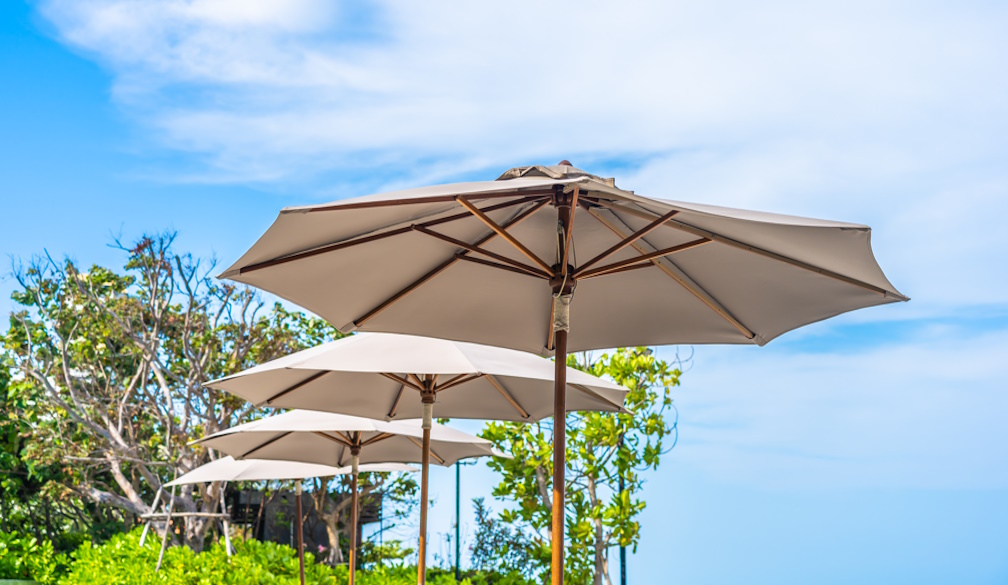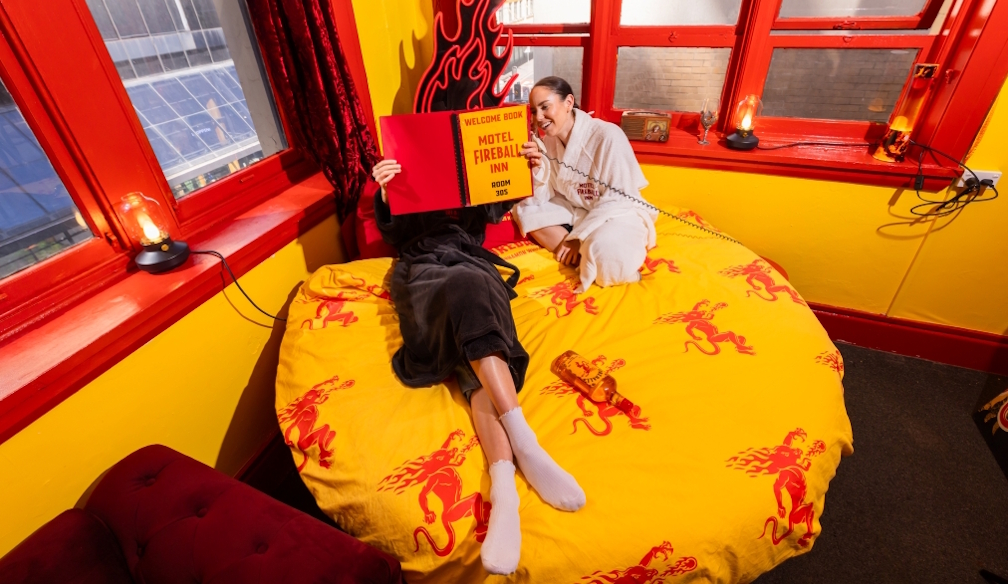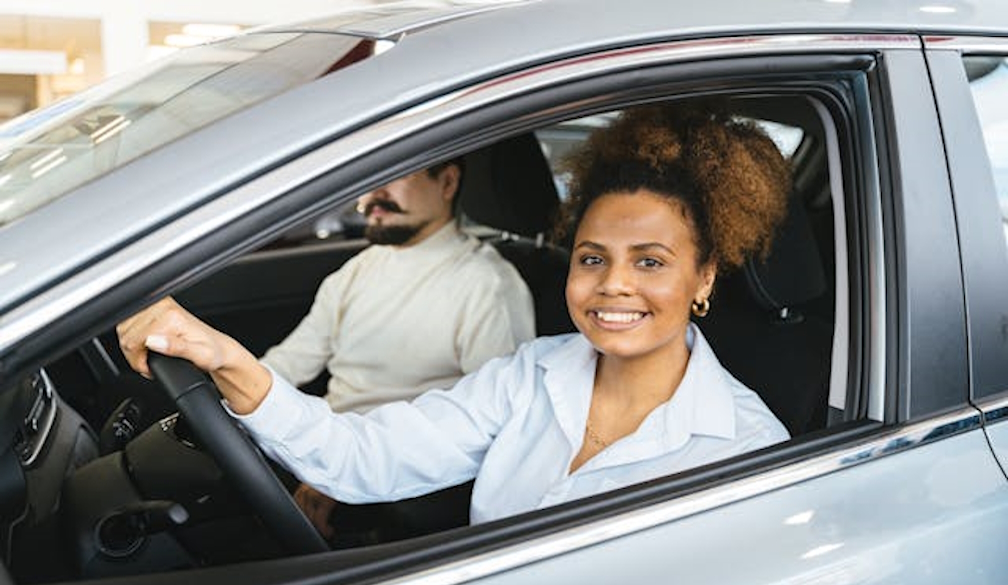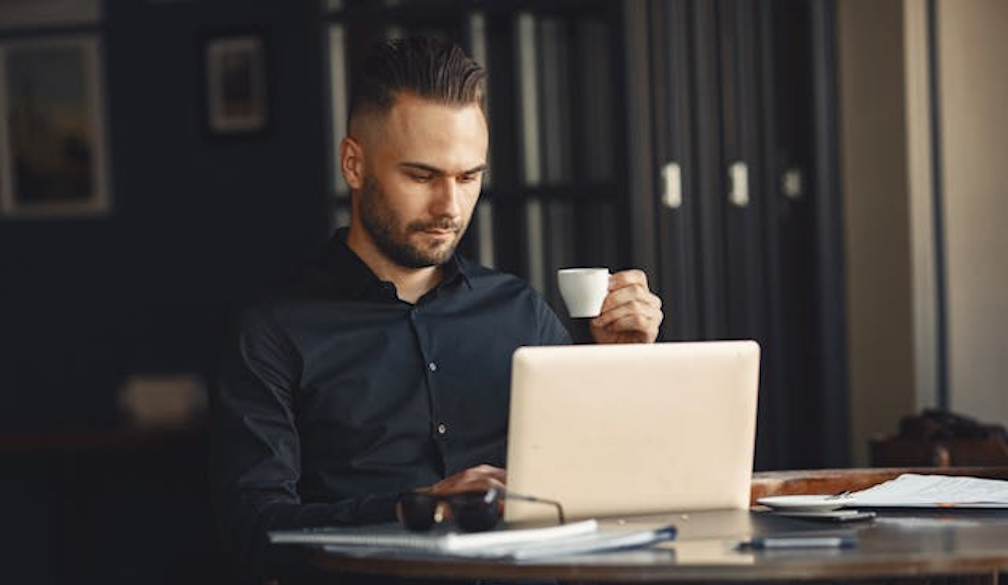Tips to Make Potty Training Your Puppy a Breeze
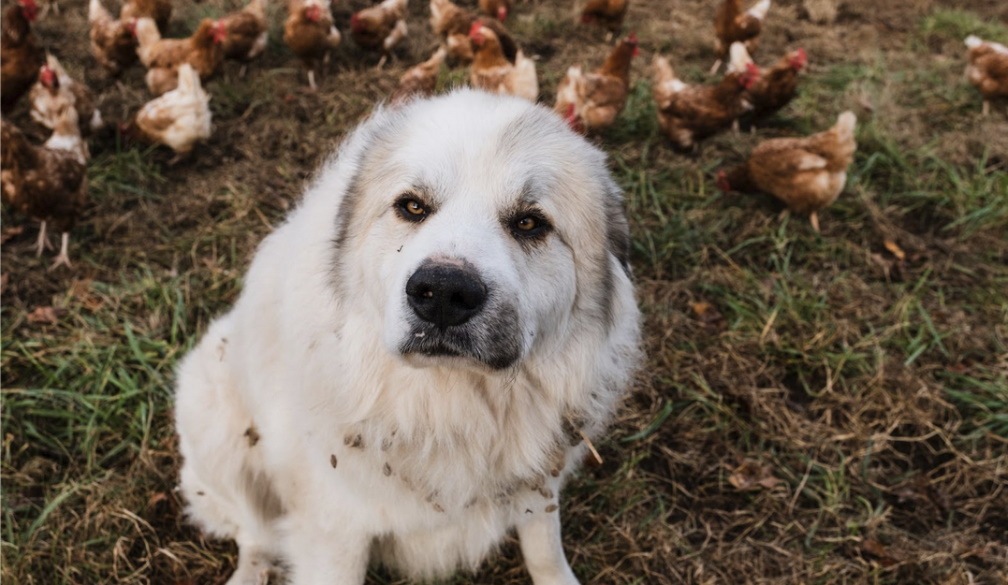
One of the biggest challenges for new puppy owners is handling toilet mistakes. Nobody wants to wake up to a smelly house, and all too often dogs are rehomed or brought to shelters because they weren’t housetrained. Teaching your puppy where to pee or poo is one of the foundations of a well-behaved adult dog, but it requires consistency and patience.
It's important to start training your puppy as soon as possible. Once they get the hang of it, you’ll have fewer worries regarding whether or not your puppy is going to make a mess in someplace they shouldn’t. If you’ve got a new puppy or if you’re in New South Wales and looking for a dog to take home, read on to learn more about how to house-train your puppy, as well as some of our top tips to make the process easier.
Housetraining a Puppy
Step 1. Start with a schedule
It is important to establish a regular potty schedule for your puppy from the beginning. This will help your puppy learn when it is time to go and make it easier for you to keep track of his bathroom habits. Puppies typically need to go out every few hours, so start by taking him out first thing in the morning, after naps, and before bedtime.
Part of this is your puppy’s feeding schedule. Most dogs will have to go to the bathroom around 8 hours after they eat, so having a regular feeding schedule will help you determine in advance when they’re most likely to go potty.
Young puppies, however, have much smaller bladders and less control over their bowels, so you’ll need to be more proactive. Aim to bring them out every two hours or so if they’re 8 weeks old. In general, a puppy can hold the urge to eliminate for an hour for every month of their age. So a puppy that’s 3 months old will be able to go 3 hours, 4 months old for 4 hours, and so on.
Step 2. Choose a cue word or phrase
When it’s time to go potty, use a consistent cue word or phrase like “go potty” or “outside.” This will help your puppy associate the cue with the desired behaviour.
Step 3. Choose a designated potty area
Pick an area of your yard or home that you want your puppy to use as their potty spot. Take them to this spot frequently so they learn to associate it with going to the bathroom.
If you are ever unable to watch your puppy or you think that you won’t be able to bring them out according to their schedule, then it’s best to put them in an area where they’re less likely to go potty. Crate training is good for this, as the puppy will naturally avoid soiling the area where they sleep or eat.
Step 4. Take your puppy to the same spot each time
Once you know the designated potty area, take your puppy to the same spot each time he needs to go potty. This will help your puppy learn that this is the place where they should relieve themselves.
Step 5. Reward your puppy for going in the right spot
When your puppy goes potty in the right spot, be sure to give them plenty of praise and a small treat. This will reinforce the desired behaviour and make it much more likely that they repeat it.
Top Tips for Potty Training
- Avoid punishment
Punishing your puppy for accidents will only make them scared or anxious and is not an effective way to train them. Instead, focus on rewarding good behaviour so they know what they should be doing. Dogs don’t reason like people do, even though they’re very good at appearing guilty when they do something wrong!
- Monitor your dog closely
Almost all potty mistakes are avoidable if you know the signs that your dog is about to go potty. If you already know the proper schedule then you’ll be on alert when your dog is due to go potty. However, most dogs will tell you by whining, barking or pacing that they need to go soon. Once you see the signs, bring them out immediately!
- Be patient
It's important to be patient while they learn to hold it until they can get outside. If they have an accident, stay calm so that your puppy doesn’t associate excitement or attention with the act of eliminating indoors. Just clean up the mess and try again next time.
- Set your puppy up for success
All dog owners want their puppy to succeed. It’s important to give your puppy all the opportunities they need to successfully learn where and when to go potty. While the method and tips we’ve already presented are a great start, everyone in the household has to be on the same page. Make sure everyone in your household uses the same potty command word and knows when the puppy should be brought out as well as the signs that they’re about to go potty.
- Use the right cleaning products
While potty training your puppy, you also want your puppy to be safe and healthy. Since it’s inevitable that there will be accidents in the living spaces of your house, cleaning up after your puppy is going to be a major concern. To protect your puppy, it’s best to only use pet-safe cleaning products since puppies are curious and will likely lap up any moisture or residue left behind.
Enzymatic cleaners are by far the best choice, as they completely break down urine and faecal matter. Standard house cleaners can be harsh and can cause allergic reactions in some dogs. Ammonia is an absolute no-no, as it breaks down into urea which is a component of urine, so your puppy may actually be incentivised to go potty in the area again!
Whatever the cleaning product you use, be sure to keep your puppy away from the area while it dries, and ensure that there’s adequate ventilation so that any fumes can be dispersed before you let the puppy back into the room again.
Potty training your puppy doesn't have to be a daunting task. Don't get frustrated if accidents happen, just keep working with your pup and they'll eventually get the hang of it. With a little patience and consistency, you can have your furry friend potty trained in no time.


